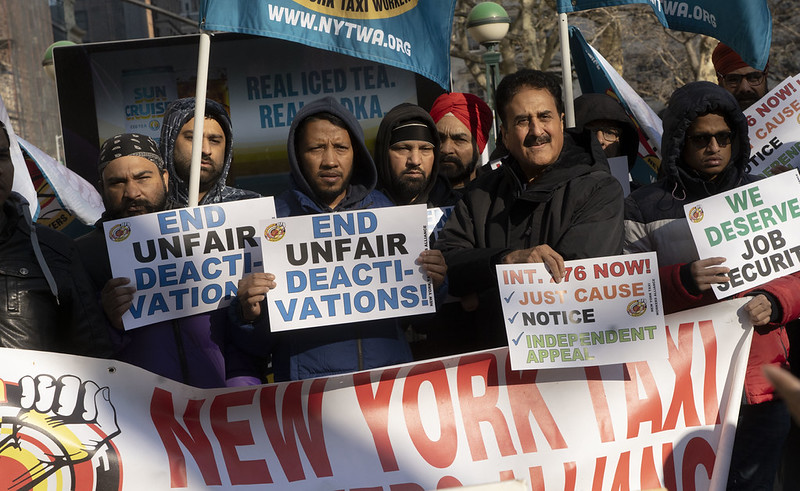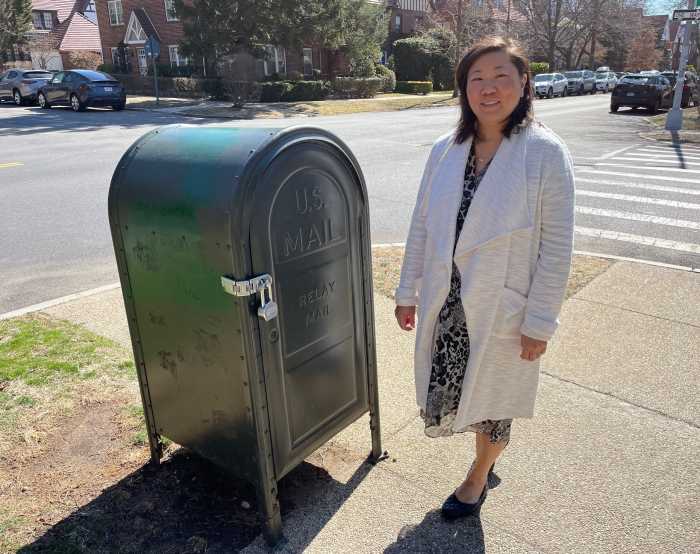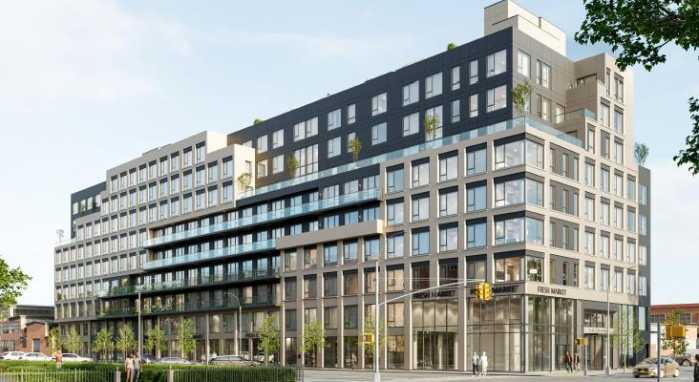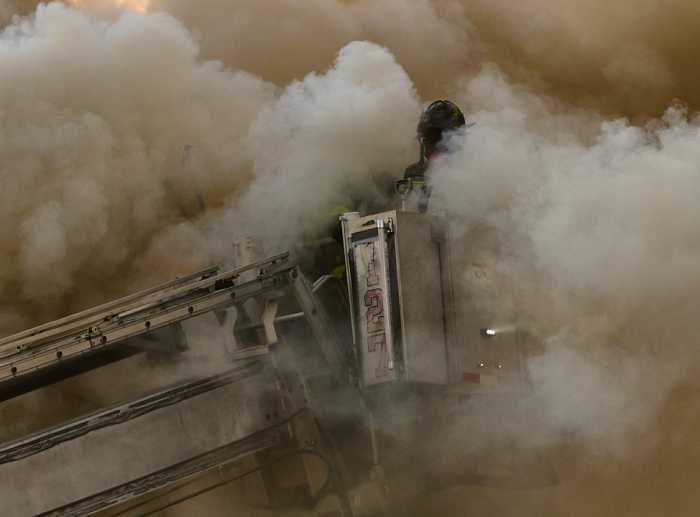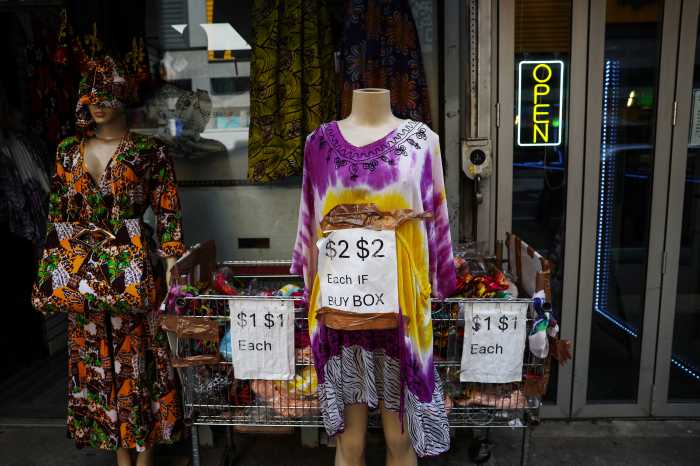By Patrick Donachie
The city will fund a new effort to vastly reduce the spiking numbers of fatal drug overdoses in the city, Mayor Bill de Blasio said on Monday.
“HealingNYC” will endeavor to reduce opioid overdose deaths by 35 percent within the next five years, according to information from the city. The response includes a variety of mental and medical health treatments, including a massive uptick in availability of naloxone kits, which can reverse the effects of potentially fatal overdoses.
“The opioid epidemic is a growing crisis that affects not only users, but also their loved ones,” de Blasio said about the new program. “If we’re going to start winning the battle against opioids, we need to start talking honestly about what works and invest in the strategic measures that will stop abuse, break addiction and save lives.”
In 2016, about 1,300 New Yorkers died from a drug overdose, according to the mayor’s office, which is the highest number on record. About 1,075 of those deaths involved opioid abuse. The number of fatal opioid-involved fatal overdoses skyrocketed by more than 300 between 2015 and 2016, which city officials attributed to the increased availability of fentanyl, a synthetic opioid that is 50 to 100 times stronger than morphine.
Fentanyl was only involved in about 5 percent of overdose deaths in the city prior to 2015, but in 2016, almost 90 percent of fatal opioid overdoses involved fentanyl or heroin, while 18 percent of those fatal opioid-related deaths involved the abuse of prescription painkillers.
The city found the number of deadly opioid overdoses was more than the combined total of deaths from car accidents and homicides.
“The fight to end the opioid epidemic in New York City has been a priority for this administration, but the growing presence of the drug fentanyl poses a new challenge that deserves an appropriate response and expanded resources,” Health Commissioner Mary T. Bassett said.
De Blasio unveiled “Healing NYC” as the means of combatting the epidemic, which the mayor’s office estimated would cost approximately $38 million annually when the program is fully underway. The 100,000 naloxone kits will be distributed among city Department of Health sites, NYPD officers and city shelters along with a quintupling of the supply at Rikers Island Visitor Center.
The mayor’s office said the city would also begin incorporating medication-assisted treatment in New York City emergency departments, as well as more attention and resources for treatment centers. The goal is to offer access to treatment for 20,000 more people by 2022. Additionally, the NYPD will expand Staten Island’s Overdose Response Initiative to other boroughs in the city. The program began as a collaboration with the Staten Island district attorney’s office, allowing the NYPD to quickly target dealers supplying the drugs responsible for fatal overdoses.
“The department will assign 84 new detectives to investigate overdoses and to make long-term drug trafficking cases against the dealers that are selling drugs that cause overdoses in our communities,” NYPD Commissioner James O’Neill said. “New investigative resources, as we equip all officers on patrol with naloxone, will help us save lives and fight the thousands of opioid overdoses this city sees every year.”
Reach reporter Patrick Donachie by e-mail at pdona


